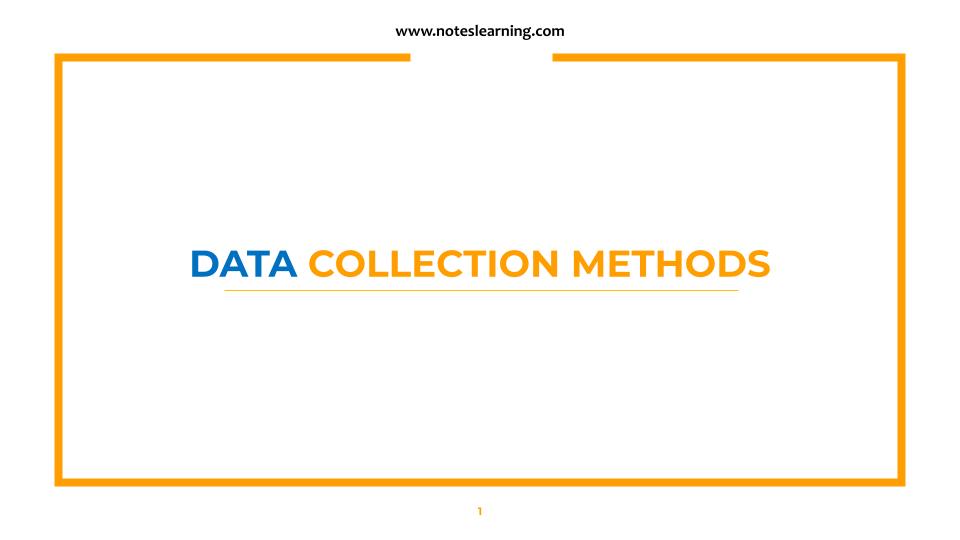What is Research Data?
A research data is any information collected, observed, generated or created to support and validate research findings or objectives. A data can be numbers, words, measurements, observations or descriptions. There are generally two types of data:
- Qualitative Data
- Quantitative Data
- Quantitative data can be counted, measured and expressed using numbers.
- Qualitative data are descriptive and conceptual and based on traits and characteristics.
Types and Sources of Data
There are two sources of data:
- Internal Sources
- External Sources
There are two types of data;
- Primary Data
- Secondary Data
What are Internal Sources of Data ?
Internal sources of data are the data collected from reports, documents, archives and other various sources within the organization itself. Internal sources of data are readily available therefore are obtained with less time, effort and money.. Some of the sources of internal source of data;
- Accounting resources
- Sales Force Report
- Internal Experts
- Miscellaneous Reports
What are External Sources of Data ?
External sources of data are the sources outside the organization in a larger environment. External sources of data can be market, customers, competitors, regulatory bodies etc. Some of the external sources of data are;
- Open Data
- Paid Data
- Shared Data
- Social Media Data
What is Primary Data?
Primary data are the first hand data or original data that are collected in any process for a defined purpose. It is the real time data which are collected by the researcher self.
Characteristics of Primary Data
- It is original data.
- Primary data are expensive to collect.
- Collection of primary data takes considerable time and efforts.
- Primary data are collected with reference to problem statement..
- They are collected from targeted respondents.
- Primary data cannot be altered by people but can be used for reference.
Advantages of Primary Data
- Data collection is specific hence data interpretation is better.
- Targeted issues are addressed.
- Very effective and efficient on utilizing the information.
- Specific to research issue.
- Greater control over data collection process.
- Ownership over the information
- Primary data are contemporary and up-to-date.
Disadvantages of Primary Data
- Higher cost of data collection
- Primary data collection are time consuming.
- Requires a lot of other resources and human skills
- It is not possible to collect primary data in all situations.
What is Secondary Data?
Secondary data are already published data which are readily and easily available. Such data are also referred as recorded data. Such data refer to the data which have already been collected and analyzed by someone else.
Characteristics of Secondary Data
- Secondary data are already published data.
- They are readily available.
- Secondary data are easily collected from various internal and external sources.
- Collection of such data is relatively cheaper, requires less effort and time.
References

